How Can We Save Energy At Work?
T8 Fluorescent Lighting
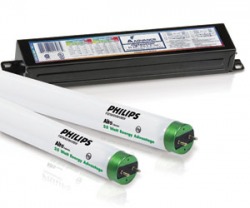
Most lighting in work places is fluorescent, usually using older T12 lamps (1.5" diameter tubes) and magnetic ballasts. These lamps and ballasts are being phased out in BC. Newer T8 lamps (1" tubes) and electronic ballasts not only save energy, they also improve the light quality and eliminate the flicker and hum sometimes associated with fluorescent lighting.
Compact Fluorescent Lamps (CFL)
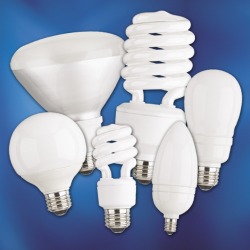
Compact fluorescent lamps are the new standard for light bulbs. They are widely available at a cost of $3 to $5 or less. Considering they save 75% compared to incandescent light bulbs and last several times as long, they will usually pay for themselves in 2 years or less. CFLs are now available in almost any size and shape, and can be used in most applications.
LED EXit Lights
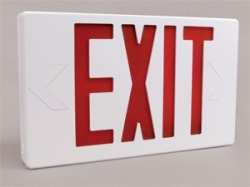
Exit lights run all the time, so they use quite a bit of power even though the lamps are small. Old incandescent lamps can be replaced with LED replacement lamps, which use almost no power. They also last longer so there won't be burned out exit signs, which can be a safety concern.
Occupancy Sensors
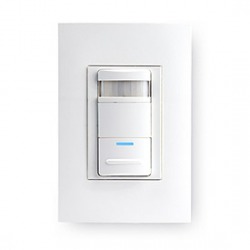
Rooms that have people coming and going throughout the day are goo candidates for automatic sensors to switch the lights off. Some of these are designed to replace the light switch, and can be installed very easily. Just make sure the switch has a good view of the people in the room.
Programmable Thermostats
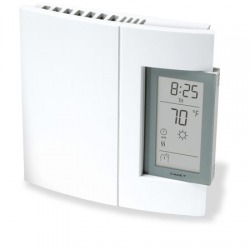
Although larger buildings will use computerized building automation systems, most small buildings tend to use manual thermostats. Programmable thermostats will automatically set the temperature down at night, saving energy. Because they are electronic, they also have more accurate temperature control, so you don't have wide temperature swings. A "5+2" model, with separate schedules for weekdays and weekends, is generally a good choice for most buildings.
Computers
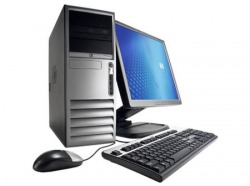
Energy Star computers use less energy, and turn off when not in use. Make sure your computer us set up to shut down when it has not been used for a period of time. And turn it off completely at night. Laptops and LCD computer monitors also use less energy than traditional desktop and CRT monitors.
Recycling

Methane, a very potent greenhouse gas, is emitted when organic materials such as paper decompose in the landfill. Recycling not only keeps these items out of the landfill, but it also reduces the energy and materials needed to make new products.
Useful Links
The following are links to websites and documents that can help you save energy in the workplace.
BC Hydro Power Smart - Commercial. This links to BC Hydro rebates and information for business.
FortisBC PowerSense - Business. This site provides information on FortisBC PowerSense programs for business.
ecoENERGY Retrofit Incentives. Federal ecoENERGY site with information on incentives for commercial and institutional buildings.
BC Hydro Power Smart - Commercial. This links to BC Hydro rebates and information for business.
FortisBC PowerSense - Business. This site provides information on FortisBC PowerSense programs for business.
ecoENERGY Retrofit Incentives. Federal ecoENERGY site with information on incentives for commercial and institutional buildings.
